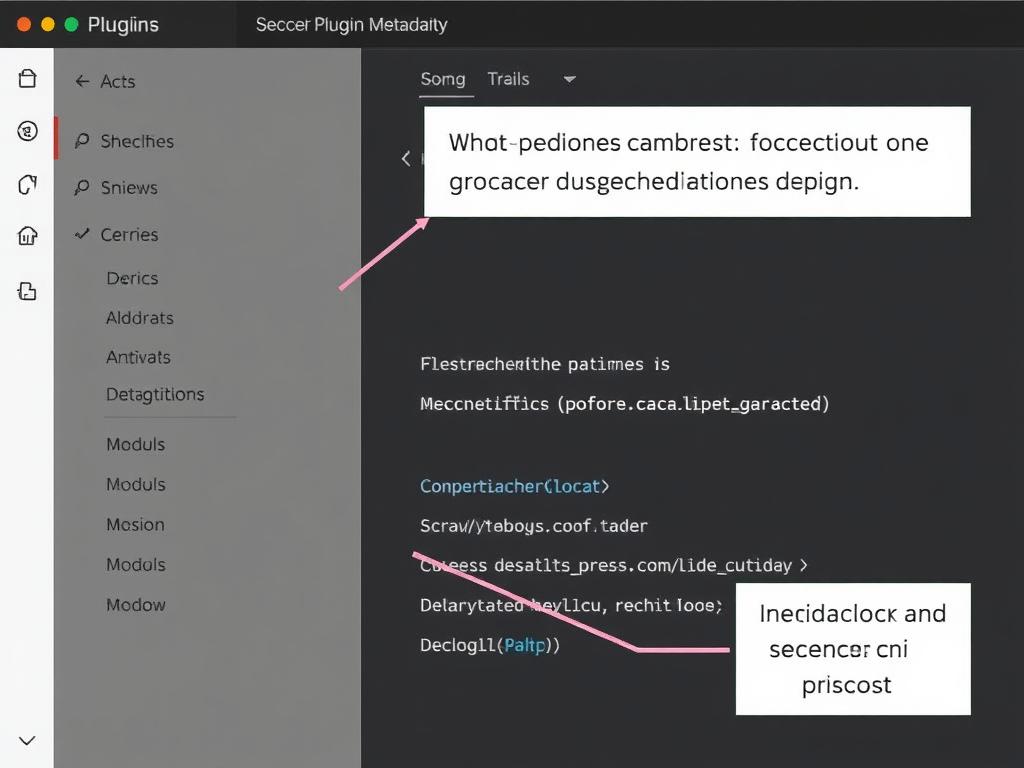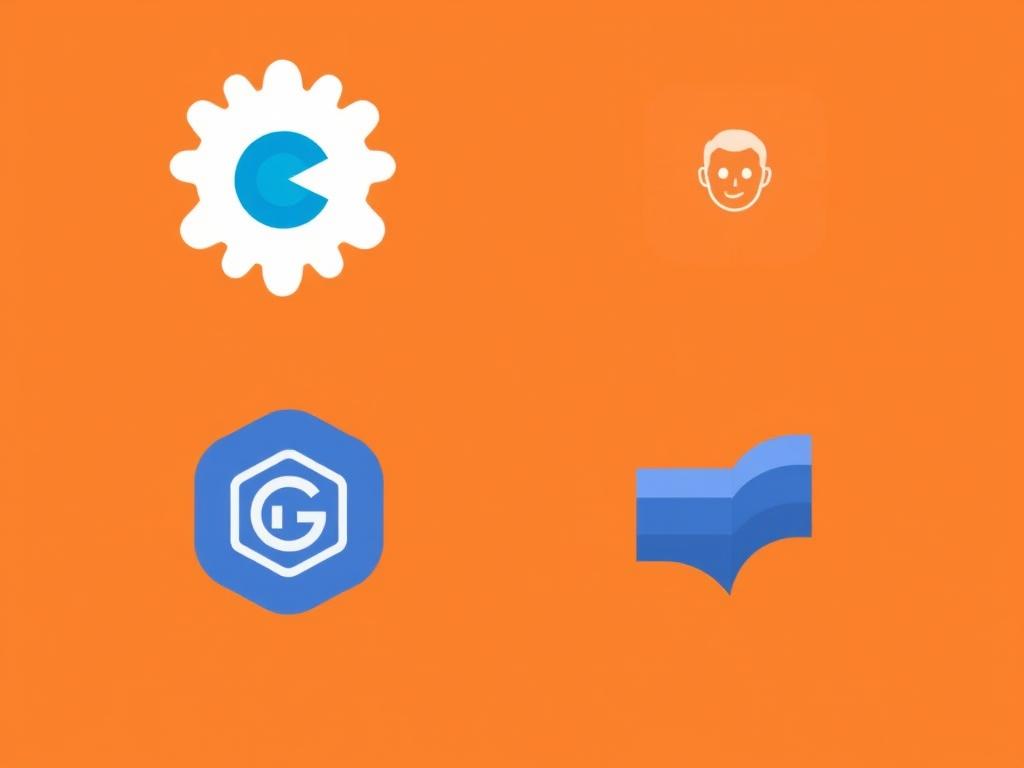Extending Codelia CMS Functionality with Custom Plugins: A Step-by-Step Guide
If you are a web developer or a site owner looking to enhance your website’s capabilities, extending Codelia CMS with custom plugins offers a powerful and flexible solution. Codelia CMS, known for its simplicity and solid architecture, allows users to add new features beyond the core system without altering the original codebase. This approach keeps your website maintainable, scalable, and tailored exactly to your needs. In this article, we will explore how to extend Codelia CMS functionality with custom plugins, covering everything from the basics of plugin structure to practical examples, so you can confidently expand your site’s potential.
Understanding Codelia CMS and Its Plugin System
Codelia CMS has gained popularity for its lightweight nature and developer-friendly approach. One of its key strengths lies in its modular design, which allows you to add or remove functionalities easily. Instead of modifying the core files — which can cause issues when updating the CMS — custom plugins serve as independent modules that hook into the system at designated points, giving you extensive control without compromising stability.
Before diving into plugin development, it’s important to understand how Codelia CMS manages its plugins:
- Each plugin resides in its own folder within the
pluginsdirectory. - The CMS recognizes plugins via a specific file structure and configuration files, typically including a main plugin PHP file and a
plugin.jsondescriptor. - Plugins communicate with the CMS through hooks and filters, allowing your code to execute at key points like page load, form submission, or data processing.
Planning Your Custom Plugin
Before writing a single line of code, plan what functionality your custom plugin will add to the Codelia CMS. Plugins can range from simple tweaks like adding a widget, to complex integrations such as connecting to third-party APIs or implementing custom content types. Some common examples include:
- Adding SEO optimization tools
- Creating contact form enhancements
- Integrating social media feeds
- Customizing dashboard elements
- Implementing new user roles or permissions
Consider your users’ needs and how your plugin will seamlessly integrate without disrupting the existing user experience.
Key Components of a Codelia CMS Plugin
Every custom plugin typically contains the following to function correctly:
| Component | Description |
|---|---|
| Plugin Folder | Located inside plugins/, each plugin has its own directory named after the plugin. |
| Main PHP File | Handles the logic of your plugin and interacts with CMS hooks. |
| plugin.json | Stores plugin metadata like name, version, author, and hook registrations. |
| Assets | CSS, JavaScript, images, or other files needed for frontend or backend display. |
Developing Your First Codelia CMS Custom Plugin
Let’s walk through a simple example: creating a plugin that adds a welcome message to the website footer. This practical exercise will help you grasp the basics of extending Codelia CMS functionality with custom plugins.
Step 1: Create the Plugin Directory and Files
Inside your Codelia CMS installation, navigate to the plugins directory. Create a new folder named welcome-footer. Inside this folder, create two files:
welcome-footer.phpplugin.json
Step 2: Define the Plugin Metadata

Open plugin.json and add the following content:
{
"name": "Welcome Footer",
"version": "1.0",
"author": "Your Name",
"description": "Adds a customizable welcome message to the footer.",
"hooks": {
"footer": "add_welcome_message"
}
}
This configuration tells Codelia CMS that the plugin hooks into the footer and calls the function add_welcome_message accordingly.
Step 3: Write the Plugin Logic
In welcome-footer.php, write the PHP function referenced in the hook:
<?php
function add_welcome_message() {
echo '';
}
?>
That’s the core logic of your plugin. When the footer area is rendered, your message will appear.
Step 4: Activating and Testing the Plugin

To activate your custom plugin, visit the CMS’s plugin management panel, find “Welcome Footer,” and enable it. Refresh your site’s frontend and scroll down to the footer — your welcome message should be visible.
Advanced Tips for Extending Codelia CMS Functionality with Custom Plugins
Once you are comfortable with simpler plugins, you can explore more advanced features that make your plugin dynamic and professional:
- Using Plugin Settings Page: Provide a backend interface to configure your plugin options. For example, allow users to customize the welcome message text, style, or whether the message appears selectively.
- Database Integration: Store plugin data in custom tables or use existing CMS tables to save user inputs or preferences.
- AJAX and JavaScript: Enhance user experience by adding asynchronous features that don’t require page reloads.
- Compatibility Checks: Ensure your plugin works across multiple versions of Codelia CMS and with other plugins by testing and sanitizing data appropriately.
- Security Best Practices: Always validate and sanitize user inputs within your plugin to prevent vulnerabilities such as SQL injections or XSS attacks.
Example: Plugin Settings Interface
Below is a simple example structure for adding a settings page to your plugin:
| File/Feature | Description |
|---|---|
| settings.php | Handles form display and saving options. |
| plugin.json (updated) | Includes new hook for admin menu and action. |
| CSS and JS files | Optional files for styling and enhancing the settings panel. |
Best Practices to Keep Your Plugins Maintainable
Developing custom plugins is exciting, but it’s important to build with future-proof standards in mind. Here are some tips that ensure your code stays clean and works well over time:
- Use descriptive and unique function names to avoid collisions with other plugins.
- Organize your plugin folder with subdirectories for assets, templates, and languages if needed.
- Comment your code thoroughly to explain what sections do.
- Use version control tools like Git to track changes and collaborate if necessary.
- Test your plugin in both development and staging environments before deploying.
Where to Find Resources and Help

The Codelia CMS community and official documentation are invaluable resources when extending Codelia CMS functionality with custom plugins. Here are places to look when you need guidance:
- Official Documentation – Detailed guides and API references.
- Community Forums – Interact with other developers, share ideas, and ask questions.
- Plugin Repository – Explore existing plugins for examples and inspiration.
- Development Blog – Updates, tips, and real-world use cases.
Summary Table: Pros and Cons of Using Custom Plugins in Codelia CMS
| Pros | Cons |
|---|---|
| Enhances site functionality without touching core CMS code | Requires some PHP and CMS knowledge to create advanced plugins |
| Keeps CMS updates safe and straightforward | Better plugins need continuous maintenance and updates |
| Allows modular, flexible development | Potential conflicts with other plugins if naming or hooks overlap |
Conclusion
Extending Codelia CMS functionality with custom plugins is not only feasible but highly rewarding, giving you the power to tailor your website precisely to your goals. Whether you are adding simple user interface elements or complex integrations, the plugin system encourages clean coding practices and solid architecture. By understanding the plugin structure, leveraging hooks and filters, and following best practices, you can create maintainable, scalable plugins that enhance your site’s performance and user experience. Remember that planning, testing, and community support are your allies in this journey. So dive in, experiment, and see how custom plugins can unlock the full potential of your Codelia CMS website.

